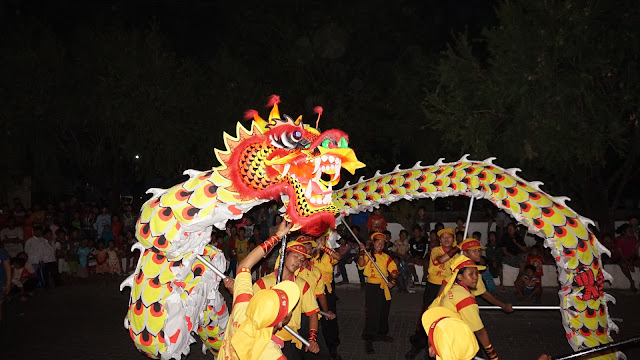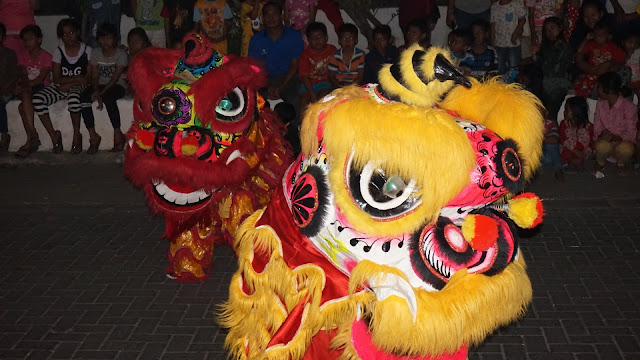1. Seek out the light sources first
You should always pay attention to the main light sources in a scene, no matter where or when you are photographing, but at night this becomes even more important. Start by finding a beautiful light source, or an area with good lighting, and wait around for something to happen. Focus on how these light sources hit your subjects.
On the other hand, if you stand in the street and aim the camera at the light source, as I did in the above photo, then the light will be less pronounced on the subjects, however, you will get the beautiful sign in the scene.
On the other hand, if you stand in the street and aim the camera at the light source, as I did in the above photo, then the light will be less pronounced on the subjects, however, you will get the beautiful sign in the scene.
2. Use a flash
Whether you want to try flash on the street is up to you, but keep in mind that it can easily lead to some confrontations. I prefer to work with the constraints of the natural light on the street and I also get uncomfortable flashing strangers in the face in dark settings, but many prefer to photograph this way. It creates a fantastic look when done well.
Using a flash means that you are freed from a lot of the constraints of photographing at night. You can use a faster shutter speed and include more depth of field in the photo and less grain (noise).
You can either have the flash do all of the work lighting the scene, where the foreground area within reach of the flash is lit and everything else is dark, or you can set the camera to expose for the scene, similar to what you would do without the flash, and then use the flash to add some fill light to your main subjects in the foreground.
You can either have the flash do all of the work lighting the scene, where the foreground area within reach of the flash is lit and everything else is dark, or you can set the camera to expose for the scene, similar to what you would do without the flash, and then use the flash to add some fill light to your main subjects in the foreground.
3. Night images should be dark
This is an overly general statement, so feel free to disagree, but I want to make a point here.
I believe that night shots should look like they were taken at night. They should be dark, with deep shadows and areas that are hard to see and make out. When you look at the histogram of a night image it should be further towards the dark end (left) than a day image.
When you expose a night shot, especially on automatic settings, the camera will often misread the scene and overexpose the image. It will be bright and you will be able to see everything as you would during the day, but it will not feel like a realistic night scene. In these cases, you will want to lower the exposure compensation on your camera slightly (-).
There are many situations where bright night images are a good thing, but don’t be afraid to make your night images dark and realistic.
I believe that night shots should look like they were taken at night. They should be dark, with deep shadows and areas that are hard to see and make out. When you look at the histogram of a night image it should be further towards the dark end (left) than a day image.
When you expose a night shot, especially on automatic settings, the camera will often misread the scene and overexpose the image. It will be bright and you will be able to see everything as you would during the day, but it will not feel like a realistic night scene. In these cases, you will want to lower the exposure compensation on your camera slightly (-).
There are many situations where bright night images are a good thing, but don’t be afraid to make your night images dark and realistic.
Hope you guys always healthy and happy!
For fast daily update, follow me on instagram
xoxo,
Aquila Enrica









No comments:
Post a Comment
↘Thankyou for visit, please comment here↙